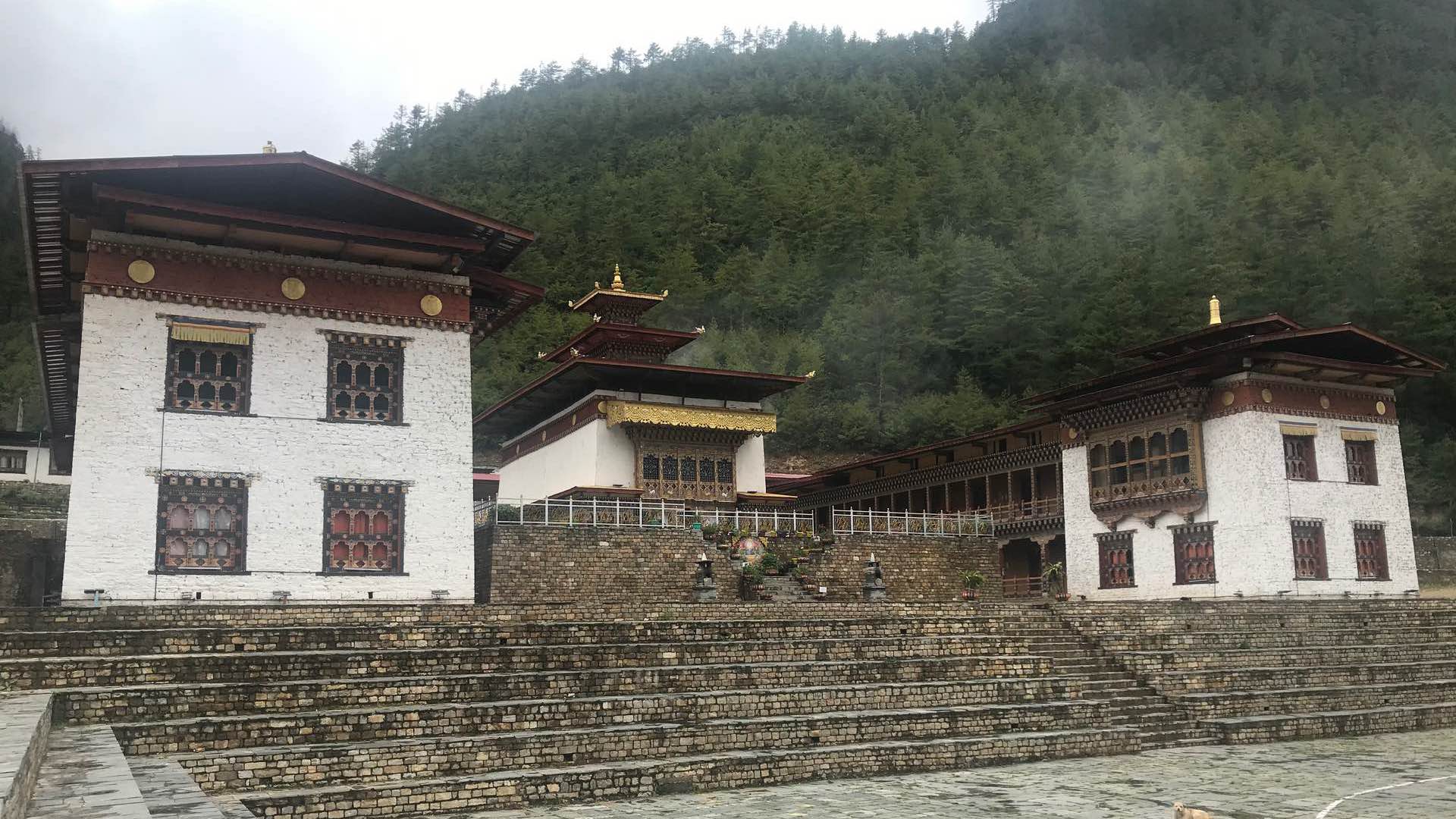Haa Valley

Haa valley was known for its animist tradition during the pre- Buddhist era. Inhabitants of Haa then believed offering animal blood to their local deities. However, after the visit of the tantric master, Guru Padmasambhava, in the 8th century the inhabitants were transformed into peaceful Buddhist. Guru Padmasambhava, subdued the local deities such as Ap Chundu and made them the guardians of the Buddhist tradition. Traces of this belief system are still noticed in the form of festivals and rituals.
The Haa valley is unparalleled in Bhutan in terms of the diversity of the folk culture, legends and shamanistic rituals. The shamanistic traditions is vividly practiced in almost all the communities, most notable of which is the annual ceremony to honour Ap Chundu, the guardian deity of the valley. The valley is also a paradise for nature lovers and travelling there is a very rewarding experience
7th century Lhakhang Nagpo
(Black temple)
Lhakhang Nagpo is located at around 5 to 10 minutes walk from Lhakhang Karpo. Driving to the place is also possible. It is a grey walled temple and is one of the oldest temples in the Haa valley. History has it that the Tibetan king Songtsen Gempo was looking for two auspicious places to built new temples and released a black and a white pigeon. The black pigeon landed in at the place where this temple was built and named Lhakhang Nagpo (Black temple).
The inner shrine of the temple has an ancient statue of Jowo Sakyamuni and the outer temple houses a shrine of Protective deity Drakdutsen.


7th century Lhakhang Karpo
(White temple)
Located at the foothills of a venerated three brotherly mountains known as Meri Puensum. The grand annual Haa Tshechu is also performed here at Lhakhang Karpo on the 8th-10th day of the 8th Bhutanese month. This temple is built at the place where the white pigeon landed (continuation to story in Lhakhang Nagpo). hence the name Lhakhang Karpo (White temple)
The Haa Wangchuklo Dzong
This Dzong was built in 1915 after the Dumchog Dzong was razed to the ground by fire. This Dzong is different as compared to other dzongs in Bhutan as it is among the most recent dzongs in Bhutan as built as an administrative centre. This Dzong now house the IMTRAT headquarters in Bhutan. It also houses a military school and hospital for the children of Indian Army personnel in Bhutan. A new Dzong was built in 1968 which now functions as the district administrative centre for the Haa Dzongkhag.


